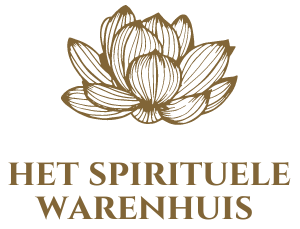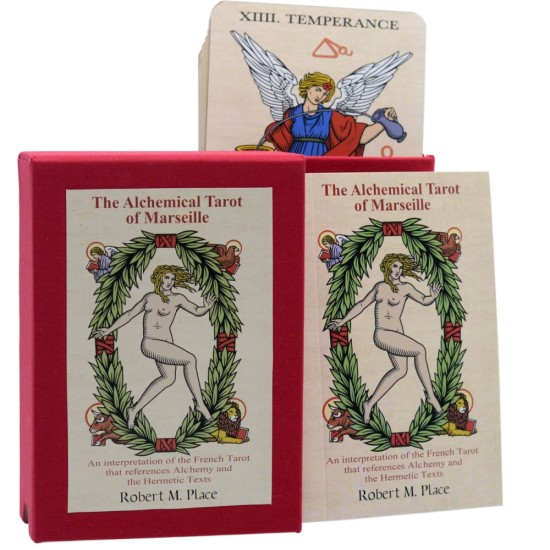
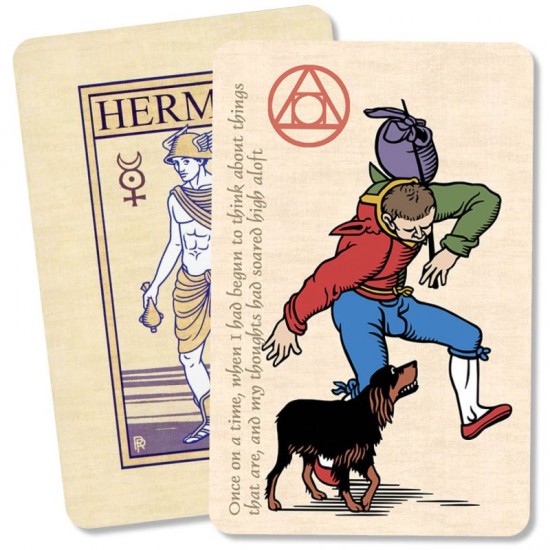
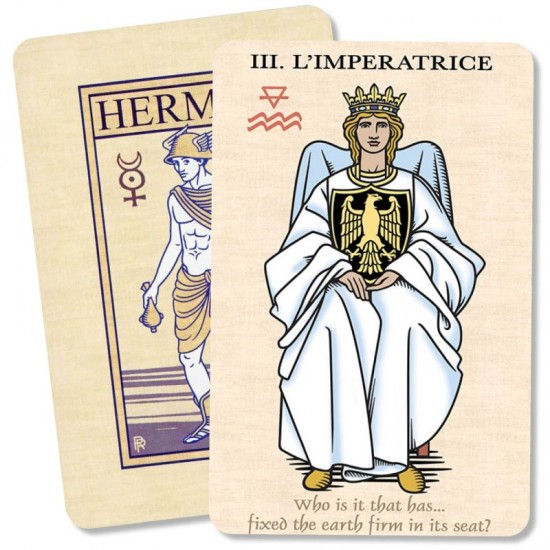
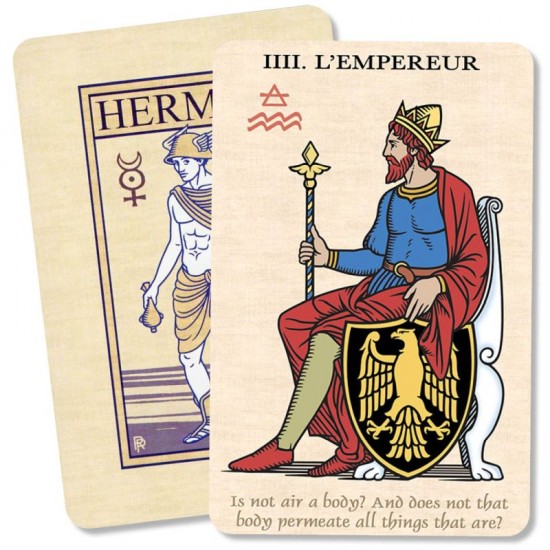
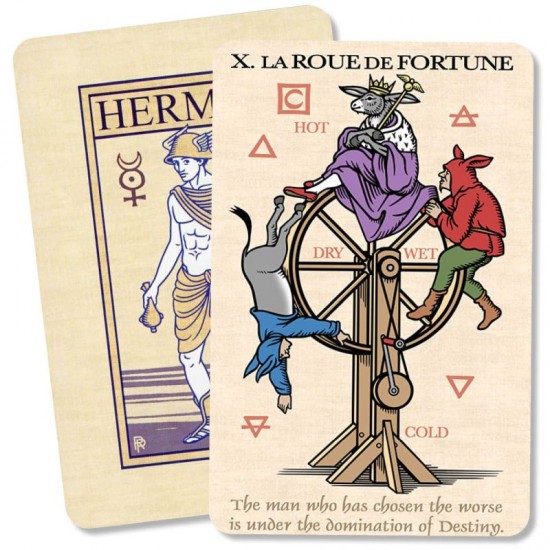





- Verzending: Binnen 1-2 werkdagen
- Merk: Robert M. Place
- Artikelnummer: 9781736068809
- EAN: 9781736068809
The Alchemical Tarot of Marseille Robert M. Place
Design & Art The Alchemical Tarot of Marseille Robert M. Place
The Alchemical Tarot of Marseille, created by Robert M. Place, is a 78-card deck that reinterprets the traditional French Tarot with a unique blend of alchemy and Hermeticism. Place's designs, influenced by the esoteric notebooks of MacGregor Mathers, showcase a sophisticated style influenced by Renaissance prints. Each card is a blend of traditional tarot imagery and alchemical symbols, offering a rich visual experience that bridges historical art with esoteric wisdom.
Theme The Alchemical Tarot of Marseille Robert M. Place
The deck is deeply rooted in Hermetic philosophy and alchemy. Each trump card includes a quote from the ancient Hermetica, clarifying the card's imagery and underlying Hermetic concepts. This integration provides a deeper understanding of the symbolism in each card, linking the traditional tarot journey to the alchemical Great Work and the pursuit of the Philosopher’s Stone.
Additional Information The Alchemical Tarot of Marseille Robert M. Place
This deck is designed for those interested in the esoteric and occult aspects of tarot. The Alchemical Tarot of Marseille is more than a divination tool; it's a guide for exploring the intersection of tarot, alchemy, and Hermeticism. It's suitable for both tarot enthusiasts and students of esotericism, offering a unique perspective on the mystical journey through the tarot.
Author Information The Alchemical Tarot of Marseille Robert M. Place
Robert M. Place is a renowned tarot scholar and artist. His work in connecting the tarot to various spiritual and mystical traditions, including Hermeticism and alchemy, has been influential in the field. Place's deep understanding of historical and esoteric themes makes The Alchemical Tarot of Marseille a significant contribution to the world of tarot.
- 78-card deck combining tarot with alchemy and Hermeticism
- Inspired by the work of MacGregor Mathers and supervised by Dr. Israel Regardie
- Each trump card features a Hermetica quote, enriching its symbolic meaning
- Ideal for tarot readers interested in esoteric and alchemical traditions
- A classic deck recognized globally for its depth and scholarly approach
More Product Details The Alchemical Tarot of Marseille Robert M. Place
- SKU 1774-01
- Author(s) Robert M. Place
- ISBN 9781736068809
- Language ENGELS
- Publisher -
